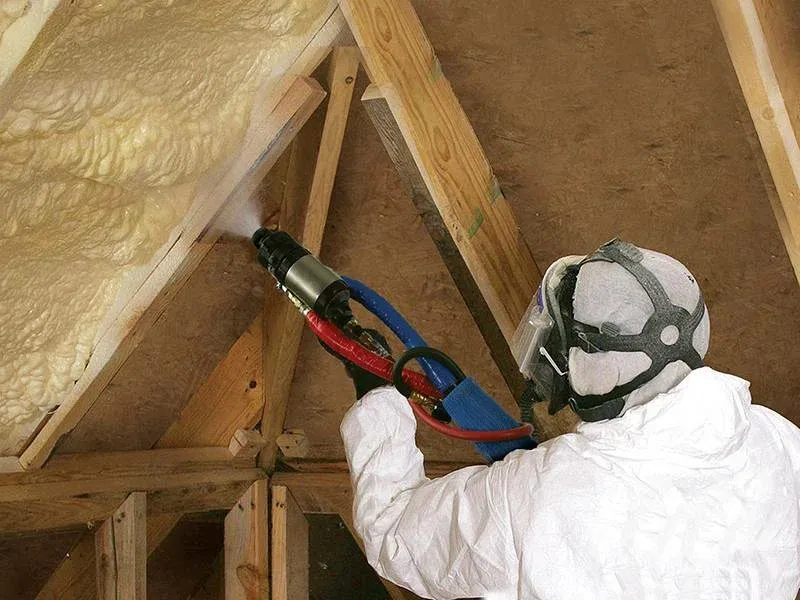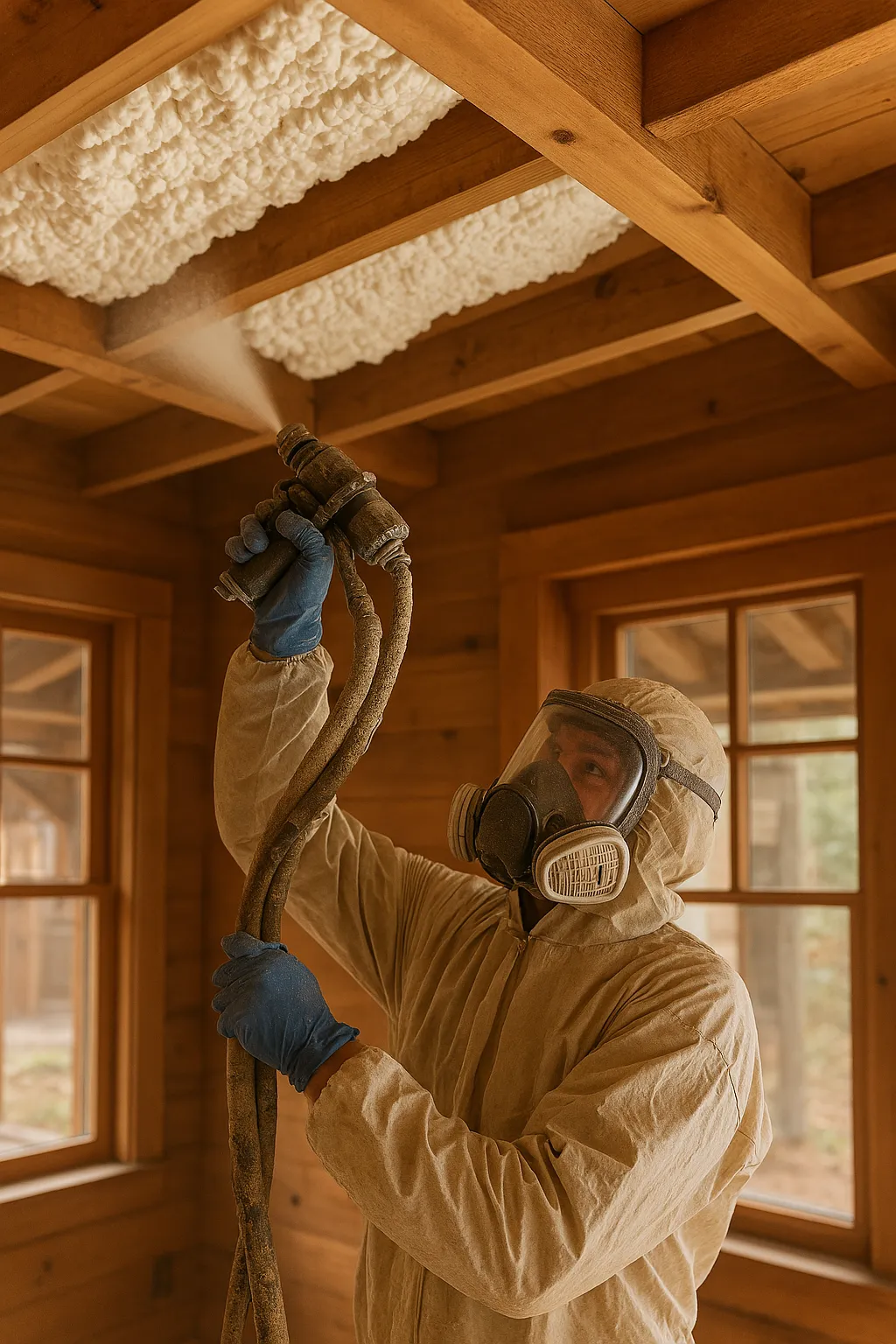
Thinking about using open-cell spray foam in your Seattle home’s walls or ceilings?
With our damp climate and older homes, Seattle presents unique insulation challenges. At Cascadia Spray Foam, we’ve helped hundreds of homeowners cut energy loss and reduce noise using cost-effective, high-expansion open-cell foam.
This guide explains when open-cell spray foam is the right choice, how it performs in Seattle’s humid conditions, and what to expect from installation in your walls or ceilings.
Open-cell spray foam is a soft, flexible insulation that expands rapidly to fill gaps, cracks, and voids. Unlike its denser closed-cell cousin, open-cell foam has a lower R-value per inch but excels at air sealing and sound attenuation.

Open-cell spray foam is perfectly suited for walls and ceilings, particularly:
| Location | Why Open-Cell Works Well |
|---|---|
| Interior Walls | Air and sound barrier; cost-effective |
| Ceilings | Expands to seal gaps; good for rafter bays |
| Attic Rooflines | Lightweight; allows for some moisture drying |
| New Construction | Excellent for hard-to-reach wall cavities |
Bonus Tip: Pair open-cell with proper vapor retarders in humid climates like Seattle to avoid long-term moisture buildup.
Living in the Pacific Northwest comes with unique insulation challenges. Here’s why open-cell can be a strategic choice:
| Foam Type | R-Value per Inch | Vapor Barrier | Cost Relative | Best Use Case |
|---|---|---|---|---|
| Open-Cell Foam | ~3.5–3.7 | No | $ | Interior walls, ceilings |
| Closed-Cell Foam | ~6.0–7.0 | Yes | $$$ | Exterior walls, basements |
| Fiberglass Batts | ~3.2–3.4 | No | $ | Budget-friendly basic insulation |
Before choosing open-cell spray foam, here are some essential considerations:
Bonus Tip: When insulating cathedral ceilings or roof decks, consider spray foam thickness AND roof ventilation strategy for best results.
Many Seattle homeowners ask:
These questions reflect growing awareness of insulation’s role in home health and energy efficiency.
If you’re looking to improve indoor comfort, reduce your energy bills, and insulate your home more effectively, open-cell spray foam might be the solution you’ve been searching for especially in walls and ceilings where performance meets practicality.
Apply these insights now: Schedule your insulation assessment with Cascadia Spray Foam of Seattle. We’ll inspect your space, discuss options, and provide expert guidance tailored to your home’s needs.
(425) 386-3500
[email protected]
Yes, when installed with proper planning and ventilation, open-cell spray foam is safe and effective for most residential ceiling applications.
Open-cell provides better soundproofing and is more affordable, while closed-cell offers higher R-value and moisture resistance. See our comparison table for details.
In humid environments like Seattle, yes especially in attics or unvented roof assemblies. Your contractor can guide appropriate layering.
Absolutely. Its expansive nature makes it ideal for irregular wall cavities and retrofits, as long as moisture concerns are addressed.
Often yes check with your utility provider for up-to-date rebate programs and requirements.